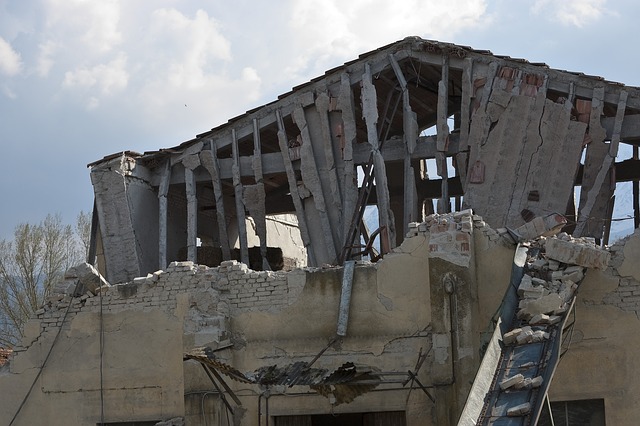Understanding Earthquakes
Earthquakes are natural events that can cause significant destruction and loss of life. They occur when there is a sudden release of energy in the Earth’s crust, resulting in seismic waves. This release of energy can happen for various reasons, and understanding the mechanics behind it is crucial for preparedness and safety.
The Structure of the Earth
To grasp how earthquakes occur, it’s essential to understand the Earth’s structure. The Earth is composed of several layers:
The Crust
- The outermost layer, where we live.
- It is relatively thin compared to other layers, averaging about 30 kilometers thick.

The Mantle
- Located beneath the crust, this layer is much thicker and consists of semi-solid rock.
- The mantle’s movement plays a significant role in tectonic activity.
- Read More
The Core
- The innermost layer, made up of a solid inner core and a liquid outer core.
- The core’s heat contributes to the convection currents in the mantle, influencing tectonic plate movements.
Tectonic Plates and Their Movement
The Earth’s crust is divided into large pieces known as tectonic plates. These plates float on the semi-fluid mantle beneath them and are constantly moving, albeit very slowly. The interactions between these plates are the primary cause of earthquakes.

Types of Plate Boundaries
- Convergent Boundaries: Plates move towards each other, often causing one plate to be forced beneath another, a process known as subduction. This can lead to powerful earthquakes.
- Divergent Boundaries: Plates move apart, allowing magma to rise and create new crust. Earthquakes can occur here as well, though they are typically less intense.
- Transform Boundaries: Plates slide past each other horizontally. The friction between the plates can cause stress to build up, leading to sudden releases of energy, resulting in earthquakes.
The Process of an Earthquake
When stress builds up along a fault line—an area where two tectonic plates meet—the rocks can eventually break or slip. This sudden movement releases energy in the form of seismic waves, which we feel as an earthquake.
The Role of Fault Lines
Fault lines are crucial in understanding earthquakes. They are fractures in the Earth’s crust where movement has occurred. There are different types of faults:
- Normal Faults: Occur when the crust is extended.
- Reverse Faults: Happen when the crust is compressed.
- Strike-Slip Faults: Involve horizontal movement.
Each type of fault can produce different kinds of earthquakes, depending on the stress and movement involved.
Measuring Earthquakes
Seismologists use instruments called seismometers to measure the intensity and duration of earthquakes. The data collected helps in understanding the earthquake’s magnitude and its potential impact.
The Richter Scale
- Developed in the 1930s, this scale measures the amplitude of seismic waves.
- It is logarithmic, meaning that each whole number increase on the scale represents a tenfold increase in measured amplitude.
The Moment Magnitude Scale
- This scale has largely replaced the Richter scale for larger earthquakes.
- It measures the total energy released by an earthquake, providing a more accurate assessment of its size.
Personal Reflections on Earthquakes
Having lived in an area prone to earthquakes, I can recall the unsettling feeling of the ground shaking beneath me. The experience is both frightening and humbling. It serves as a reminder of nature’s power and the importance of being prepared. I often think about how quickly life can change in just a few seconds, reinforcing the need for emergency plans and safety measures.
Conclusion
Understanding how earthquakes occur is vital for everyone, especially those living in earthquake-prone areas. By learning about the Earth’s structure, tectonic plates, and the processes involved, we can better prepare ourselves for these natural events. Remember, knowledge is a powerful tool in mitigating the risks associated with earthquakes. Stay informed, stay prepared, and stay safe.
